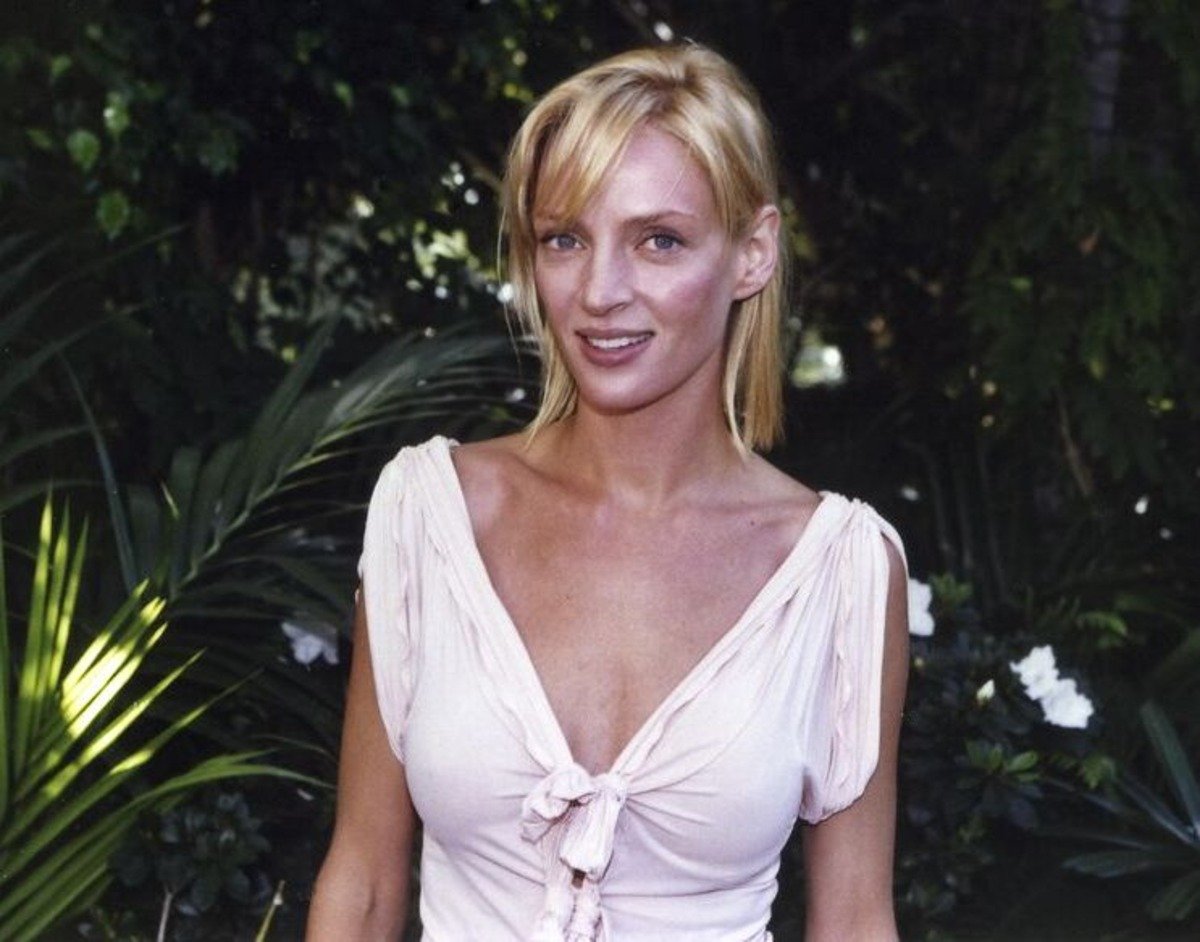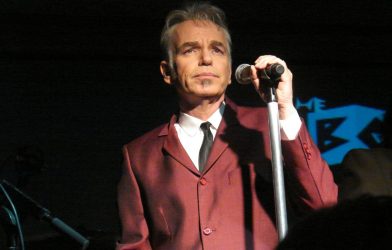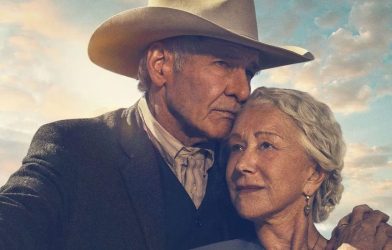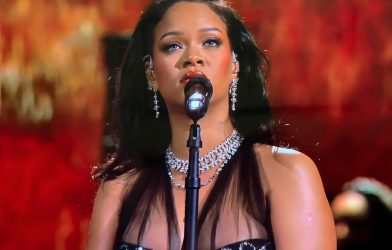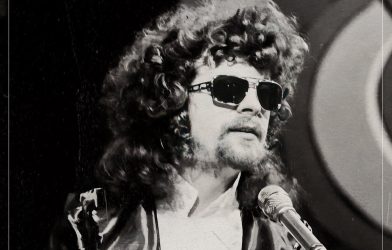
(Credit: Alamy)
Quentin Tarantino may have turned Uma Thurman into a star when he cast her as Mia Wallace in Pulp Fiction, but the actor stood every chance of being a bigger name long before her Academy Award-nominated performance if she wanted to.
Thurman was only 17 years old when she appeared in her first movie, playing the lead character in 1987’s sultry psychological thriller Kiss Daddy Goodnight as a model who moonlights as a criminal by picking up men, drugging them, and then robbing them blind while they’re unconscious.
Her second feature saw her play the female lead in the comedy Johnny Be Good opposite Anthony Michael Hall and Robert Downey Jr, while the third marked her blockbuster debut in Terry Gilliam’s eye-popping fantasy adventure The Adventures of Baron Munchausen, so things were going well.
That continued with her fourth picture, where she worked with some of the best in the business in Stephen Frears’ ‘Best Picture’ nominee Dangerous Liaisons, opposite the likes of John Malkovich, Michelle Pfeiffer, Glenn Close, and Keanu Reeves. Thurman was still only 18, and the future looked impossibly bright.
However, that was the problem. As much as she wanted to be an actor, kicking off her filmography saw the media seize on the fact that she was tall, statuesque, beautiful, and possessed a promising set of acting chops. Most teenagers would kill to be in that situation less than two years removed from their debut, but Thurman was the opposite.
“I didn’t expect to be written about as a starlet,” she admitted to Vogue. “I thought my young career as an actress was moving along at a sort of slow and graceful pace and that I was starting to do the kind of work that I liked. But I guess there had been no one in the pan lately, and there was a vacancy next to the eggs and potatoes, so it was me.”
The pressure was higher than ever in the wake of Dangerous Liaisons, which Thurman saw as the ideal opportunity to disappear for a while. “When I realised what was happening, I just completely withdrew,” she said. “I didn’t try to sort of ride my own hype or heat. I didn’t turn that into a star vehicle, studio-commercial film and triple my salary and play the hot secretary to the frustrated middle-aged businessman. I just cut it all out. I just stopped.”
Thurman was determined to make it, but only on her terms. It would be two years before she was seen onscreen again, easing herself back into the limelight with a fourth-billed turn in the romantic comedy Where the Heart Is and playing the secondary title character in Philip Kaufman’s Henry & June.
Not many rising stars would vacate Hollywood when the iron is burning at its hottest and refuse to return until the heat cools down, but Thurman was determined not to be put into a box.
Related Topics

